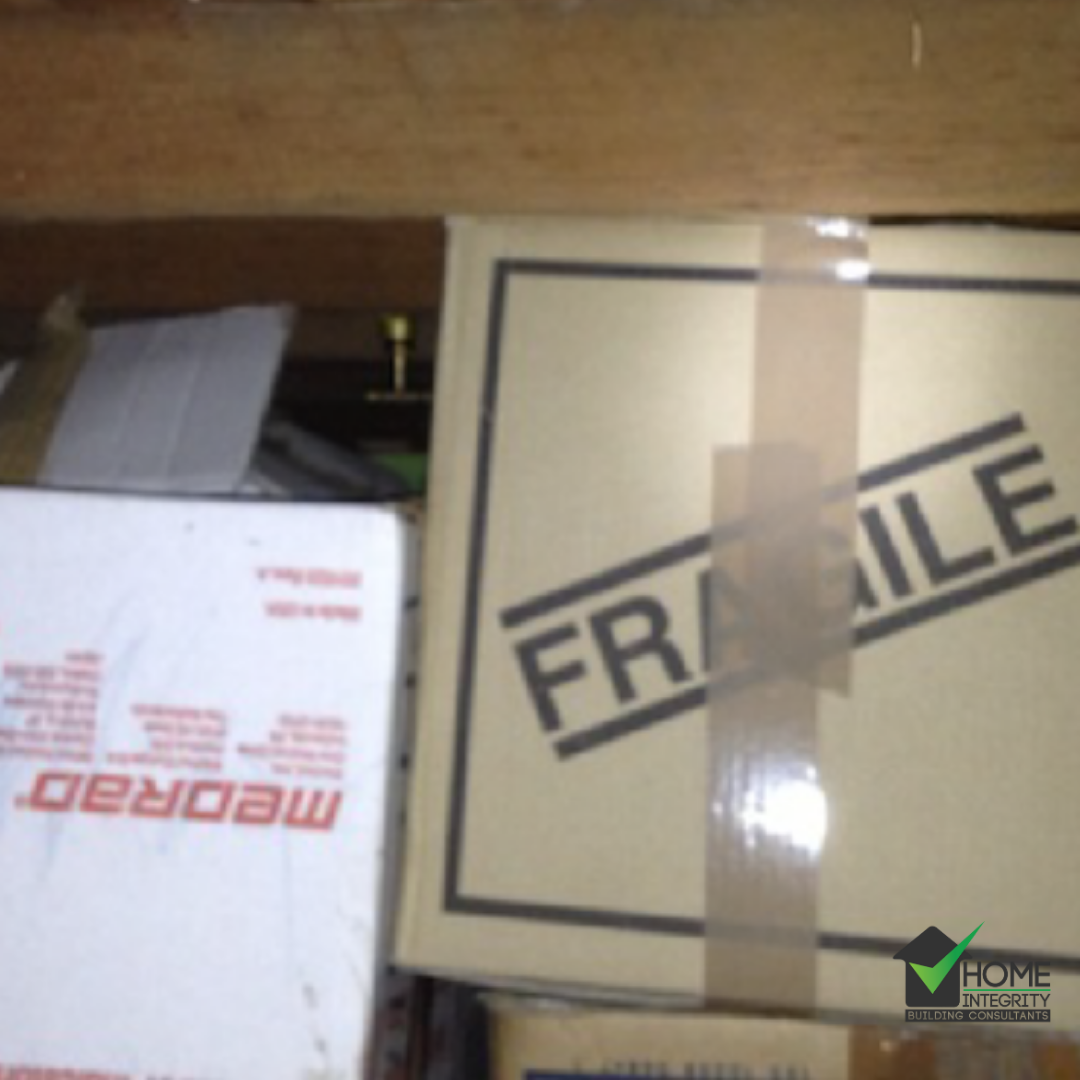How to Make Your Perth Home Less Attractive to Termites
Home Integrity complete so many Termite Inspections across the Perth Metro Area each week that we are more than qualified to tell you that termites are everywhere! With termites able to travel up to 100 metres from their nest to a feeding site, there are quite likely several nests within striking range of your home! Given houses are a big potential food source – they contain a lot of wood after all. So, How do you make your home less attractive to termites?
Eliminate Sources of Moisture
Termites have soft bodies and can quickly dry out and die. This is one reason they stay underground and build the mud tubes to protect themselves when they come above ground. Termites love moisture!
When termites are searching for food, they will actively seek out moist soil. Termite entry points are commonly associated with a location of high soil moisture. So, if you can keep the soil around and under your home dry, you can significantly reduce the chances of termites attacking your home.
Here are our top 6 tips to reduce moisture levels around your home:
Tip 1: Ensure good soil drainage
It is important that groundwater flows away from your home. If water pools around the perimeter or under the house you should consider altering the slope around your home and/or install a suitable soil drainage system. If you do have a sub-floor, in addition to considering soil drainage, the installation of a fan system to improve airflow and reduce humidity is a good idea.
Keep an eye on the shady side of the house – it is normally the most moist area and prone to termite attacks.
Tip 2: Don’t install a watering system next to the house

Many homeowners like garden beds around the perimeter of their home, but regular watering of the plants ensures you create a very attractive termite location right next to your house! Automated watering systems that keep the soil permanently moist are a very bad idea.
Tip 3: Fix leaking guttering and downpipes
Fix any holes in guttering and downpipes, and clear out blocked gutters to make sure rainwater goes directly to storm drains.
Tip 4: Don’t let outdoor taps drip
Outdoor taps are normally located on the outer walls of homes, so any leaking taps will create a permanent wet spot right next to the house. In addition to fixing drips, any taps should be situated over an unblocked drain allowing for good drainage away from the dwelling.
Tip 5: Fix any indoor leaks
Leaks in the bathroom, kitchen, and laundry lead to water finding its way under the house and creating an attractive, moist spot for termites. Leaks may be due to faulty taps and pipework, or commonly leaks in the shower base. Such leaks are pretty difficult for a homeowner to detect, however they will be picked up as part of a professional Termite Inspection.
Tip 6: Check the roof for leaks
Water from any leaks in the roof will eventually find its way to the ground and create a moist patch. Checking the roof void after a storm or period of heavy rain is a good time to spot any problem.
Eliminate Sources of Termite Food
Termites love wood and other cellulose material, such as paper and cardboard. If you can remove potential food sources from around and under your home, it can stop termites feeding near your home.
Here are our top 5 tips to eliminate the source of termite food:
Tip 1: Don’t use wood mulch in garden beds
It may look natural and attractive, but it is “termite food”. Some wood mulches are marketed as “termite resistant” or have been treated with an appropriate insecticide. However, termite resistant is not the same a termite-proof and insecticides degrade over time. The safest bet is to use an alternative inorganic mulch, such as pebbles.
Tip 2: Remove any tree stumps near the home
A tree stump is a big, attractive food source for termites. You don’t want termites setting up home in a tree stump near your house!
Tip 3: Avoid storing waste wood
Throw out termite treats like waste timber. Or if you want to keep it, store such items above ground level and away from your property.
Tip 4: Store firewood away from the house
If you still have a need for firewood, store it off the ground and away from the building, ideally on a metal framework.
Tip 5: Avoid storing wood and cardboard boxes in the sub-floor
Don’t store cardboard in sub floor area
If you have a sub-floor, avoid storing items (especially wood and cardboard) in this area. As well as providing termites with a nice food source, stored items reduce the ability to spot termite attacks and reduce ventilation under your property.
So if you can keep your home dry and free of wood materials, you are well on the way to making your home less attractive to termites.
Seriously consider the design of garden beds around the perimeter of your home. The presence of plants, water and mulch make it a highly attractive termite location and with many garden beds blocking the inspection of the perimeter walls of the home, termites can often gain access without being detected.
To makes sure termites are not sneaking into your home, don’t forget your Annual Pest Inspection Perth from Home Integrity – contact us here. What is a pest inspection?





